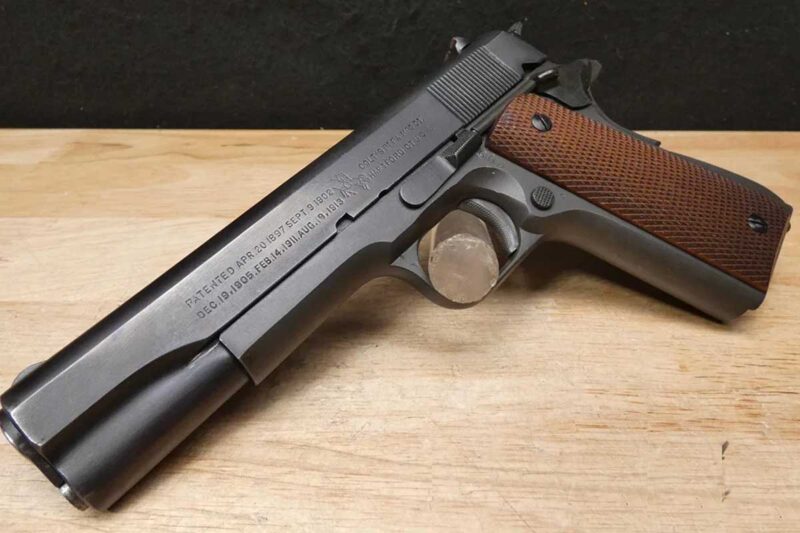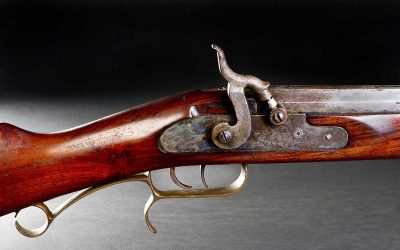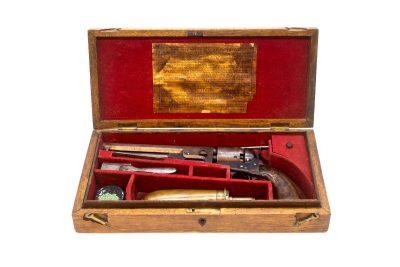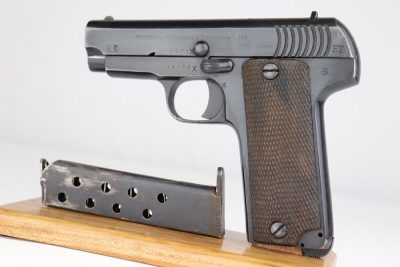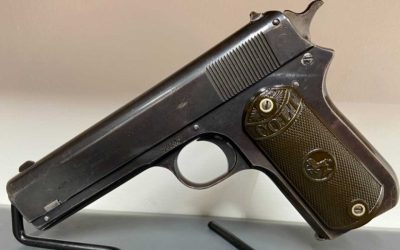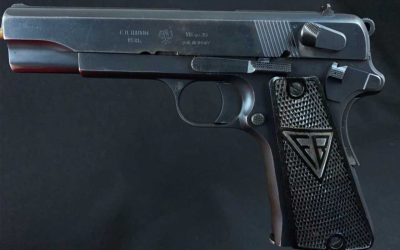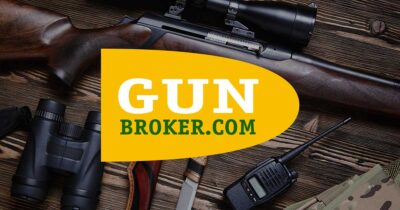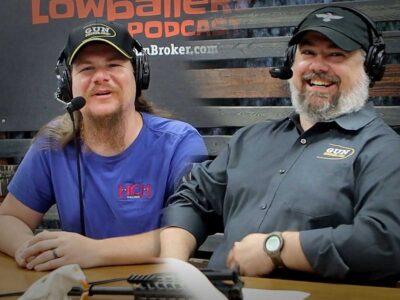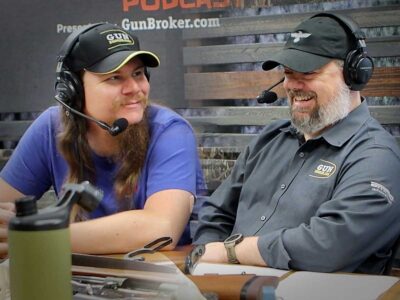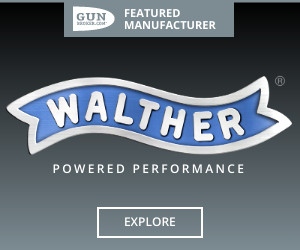GunBroker’s Collector Gun Gift Guide
There are a lot of reason to collect firearms, from history to investment. Those with collectors on their lists should check out the GunBroker.com Collector Gun Gift Guide.
History can be pretty cool, especially since it seems like the whole world is on pause and repeat. History is about learning good and bad, and even a little bit of ugly, in a crazy world. But history is real and knowledgeable, and the reason why folks collect things. These items can be stamps or bottles or even things that go boom, which takes the cool factor to another level. Firearms tell their own little story in history despite some trying to pretend that certain things never happened. And it doesn’t matter if the guns are from the Old West, WWII or even another country; these guns can be traced back to the struggle of life. So, if you don’t know what to get someone who is really into history and firearms, here are some ideas from the GunBroker.com Collector Gun Gift Guide.
Colt 1911
Few pistols have had as much of an impact on history than the 1911. Designated the M1911 by the military, this pistol served as the standard issue sidearm in every war and military action from the Punitive Expedition in Mexico through Vietnam. In fact, some special forces units still use customized 1911s to this day. The most collectible version of the iconic pistol came out of World War II. Numerous companies created 1911s for the war effort. However, two companies—Singer and Union Switch & Signal—produced the most desired. Union Switch & Signal produced 50,000 1911s during WWII, while Singer, the sewing machine company, built 500. These are also the most expensive, with well-maintained Singer 1911s going for $30,000 and more. However, Colt, Remington Rand and Ithaca guns are also sought out by many collectors. Most of the 1911s from this era are desired by collectors.
Smith & Wesson Model 58
Smith & Wesson has produced some amazing firearms since it first introduced the Volcanic more than 170 years ago. Some of them include the Model 10 and the Model 29, which introduced the .38 Spl. And .44 Mag. respectfully. These are some of the most popular handguns ever produced. However, even Smith & Wesson has had its commercial failures, which often become a collector’s dream. The S&W Model 58 brought out a new chambering, the .41 Mag, in 1964. Since Elmer Keith helped develop the round, many thought it would do well, particularly with police agencies. Some agencies actually adopted the Model 58, but it never gained traction, either with police or the general public. As such, only around 20,000 guns were produced, making it a harder to find revolver that isn’t that expensive.
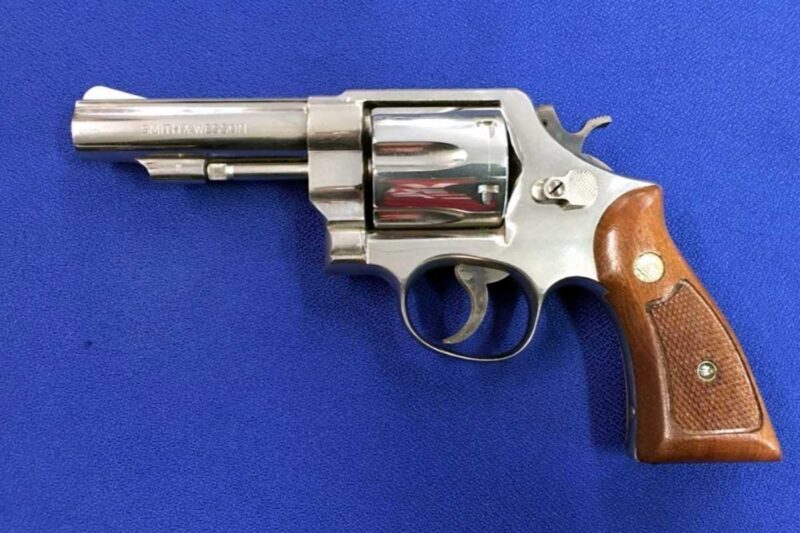
FitzGerald Special
John Henry Fitzgerald was many things during his lifetime, from a New York State Trooper to a firearms instructor, as well as an employee of Colt. He also developed handgun shooting techniques and tactics that eventually led to the Modern Technique still in use today. He is best known, however, for developing the Fitz Special, the precursor to the snub-nose revolver. Basically, he took a standard size Colt revolver and shortened the barrel, added a front sight, bobbed the hammer and rounded the butt. Then, he removed the front half of the trigger guard. This made it an excellent handgun for quick action, particularly self-defense. It is believed that only around 200 Fitz Specials were produced, all Colts in varying calibers. However, some gunsmiths create Fitz Special revolvers from different manufacturers.

Winchester Model 1886
In the history of firearms, John Moses Browning comes up a lot, as he patented 128 gun designs. Not all of them, however, made it to production. One that did was the Winchester Model 1886. This rifle was originally chambered for larger blackpowder rounds, such as .45-70 and .45-90. What made this lever action last as long as it did was that it was strong enough to handle the more powerful smokeless powders. Many famous hunters used the Model 1886 over the years, including Theodore Roosevelt. Some specialty models came with octagon barrels, which raise the value of this rifle that Winchester quit producing in 1935.
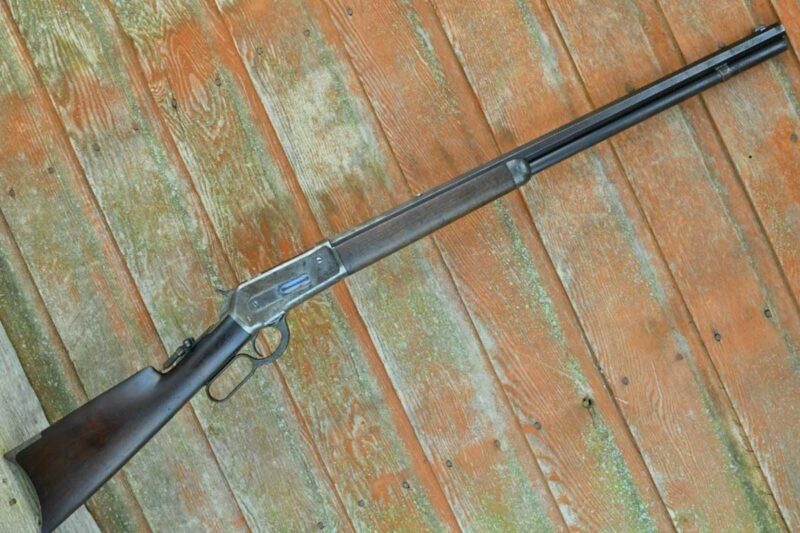
Mosin-Nagant
The Mosin-Nagant is one of the most produced military rifles in history. Because of this, it is not considered to be valuable. However, its history makes it interesting, particularly since this rifle was designed by Sergei Ivanovich Mosin. Nagant’s name was probably added because a couple of features were later added from his rifle design. Regardless, this five-shot, bolt-action rifle served the Russian army all through World War II before being replaced with the SKS sometime after. However, numerous Eastern Bloc counties continue using the Mosin-Nagant, all the way up to today. This rifle might not be valuable or even pretty, but it is ripe in history.
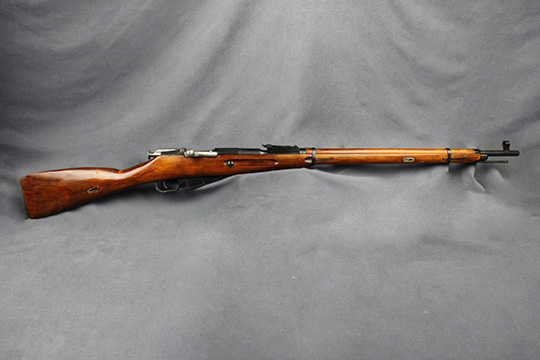
M1903 Springfield
Not too long after the Mosin, the U.S. military decided to obtain a new bolt-action rifle. This was mainly due to the Spanish-American War, because Spanish troops used Mauser 1893 rifles to hold off more than they should. The result was the M1903 Springfield based off of a Mauser design. The M1903 served as the primary rifle in the Pancho Villa Expedition all the way through the “War to End All Wars.” It even saw service in WWII, particularly early in the war, and even limited use in Korea, though mostly by allies. There are a few different models, with the last one be designated M1903/A4. Considering the amount of combat these rifles saw, there are few rifles that are 100 percent original. And different companies produce these rifles over the years. However, collectors still love the M1903 because of its values and history, It can be even be sporterized, with thousands being cut up for hunting.
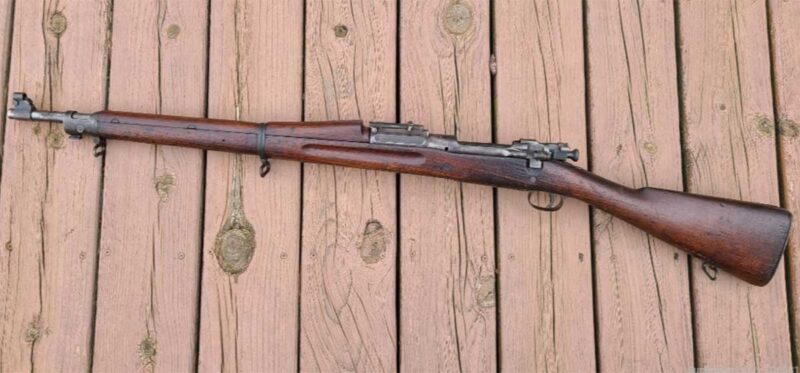
M1 Garand
The M1 Garand officially replaced the M1903 in 1936. As such, it was the official rifle going into WW II. Chambered in .30-06 Sprg., this semi-auto excelled throughout the war. In fact, Gen. George Patton called it the “greatest battle implement ever devised.” The semi-auto action of the M1 gave it a significant advantage during the war, and it served in Korea and even into Vietnam though it had technically been replaced with the M14. Mint M1s can run quite a lot, into several thousands of dollars. However, some can be fairly affordable for a collector rifle.

Winchester 1887
Considered the first successful repeating shotgun, John Browning, once again, designed this breech-loading, rolling-block, lever-action firearm. Unfortunately, it didn’t take long for pump-action shotguns to push out lever actions. While the 1887 was popular for a while, its biggest claim to fame was when Arnold Schwarzenegger carried it in Terminator 2. Because it was only produced for 12 years, there aren’t that many guns still available, which is why some consider it to be a collector gun. Of course, part of it may be because quite a few lawmen and stage coach companies preferred this shotgun due to its available firepower.
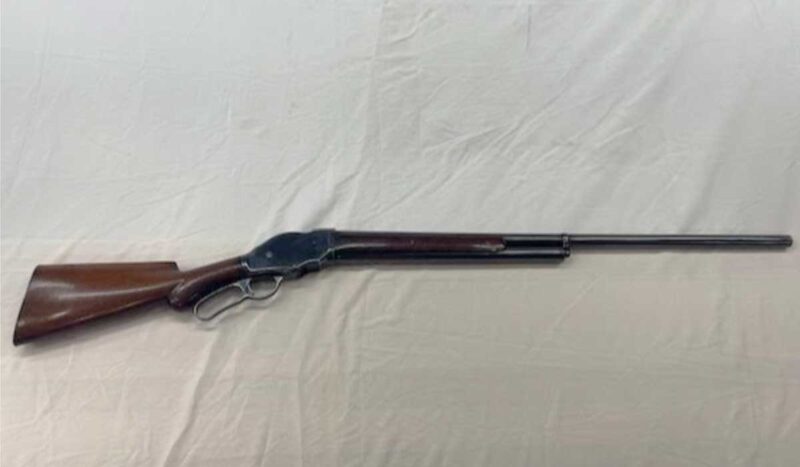
Colt 1878 Double Barrel
Everyone in the Old West owned a double-barrel shotgun. These guns were often used to take game, along with self-defense. In fact, many lawmen preferred shotguns because the scatter effect provided more firepower at close range than revolvers and rifles. Many considered the Colt 1878 double barrel to be one of the best at the time. Colt produced about 23,000 of these exposed-hammer shotguns. Today, original Colt 1878 shotguns are considered an antique, which means buyers can have these shotguns shipped straight to their homes. However, modern versions, popular with cowboy action shooters, must go through an FFL.

Remington Model 31
One of the less expensive guns on the list, the Remington Model 31 led to the development of other Remington and even Mossberg shotguns. Many shooters considered the 31 to have an extremely smooth action. Remington produced these shotguns in 12, 16 and 20 gauge, as well as a version with an aluminum receiver called the 31L (light). There are even military models stamped “U.S. Property” produced for WWII. The main reason Remington quit producing these guns was because of the development of the cheaper to produce 870, which is still produced today.
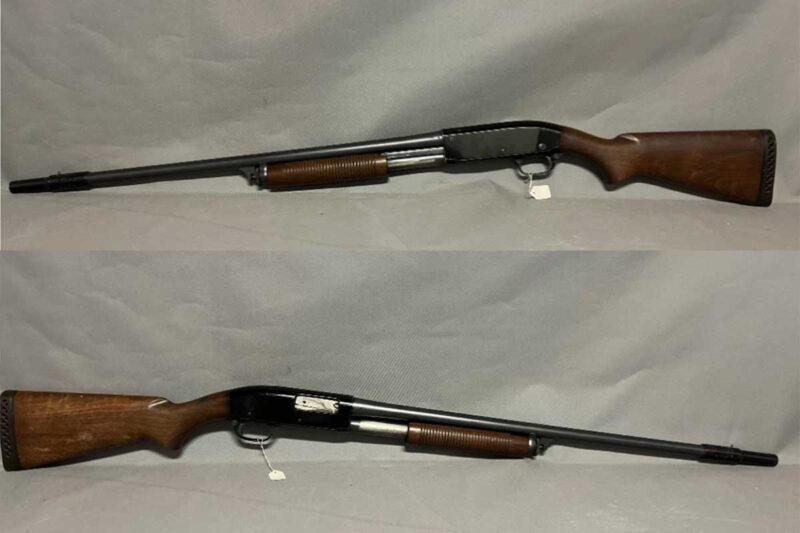
Related Articles: GunBroker’s Handgun Gift Guide
Related Articles: GunBroker Rifle Gift Guide: Rifles that Get the Job Done
Related Articles: Happiness is NFA; Gunbroker NFA Wish List
